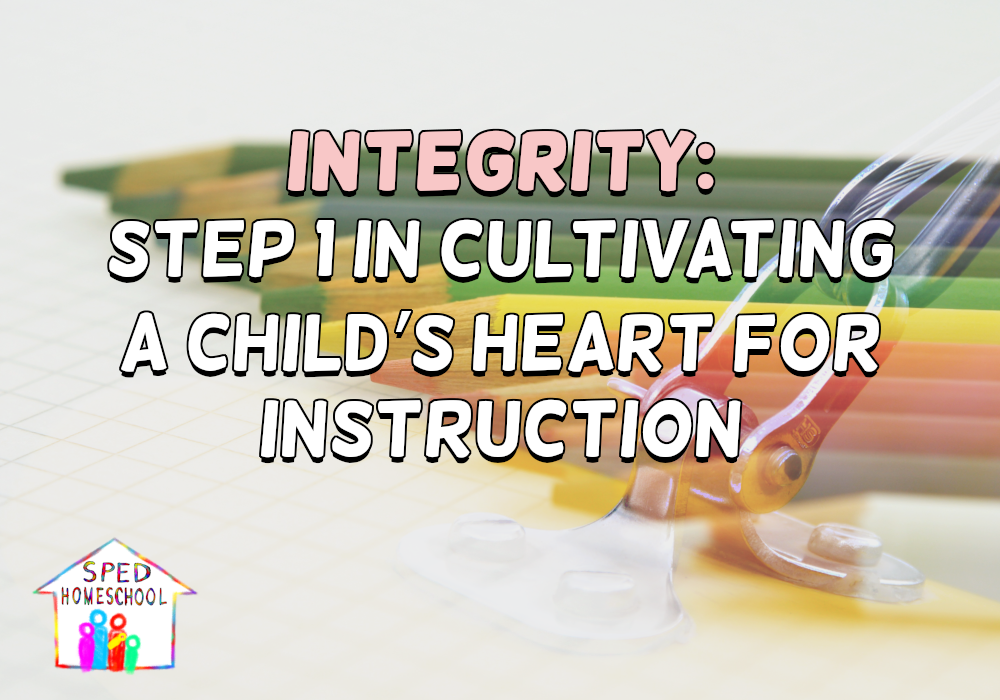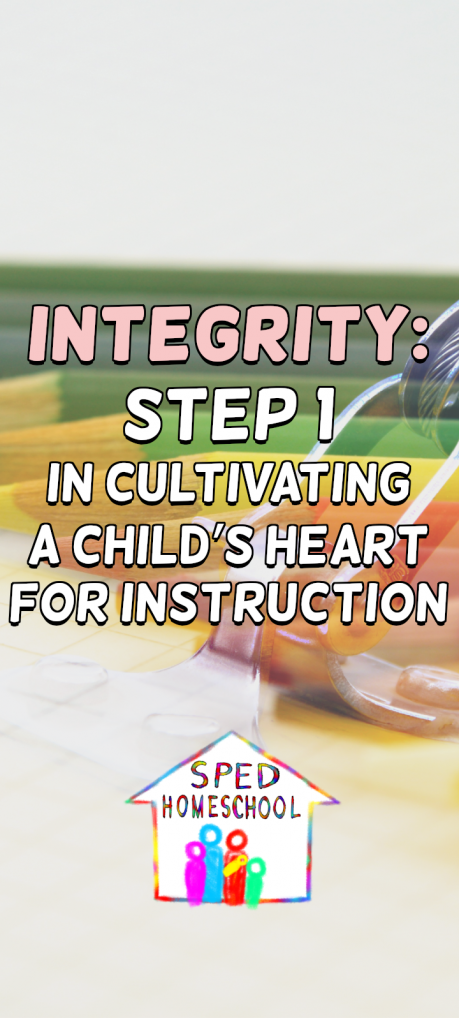
Establishing annual family traditions builds security in children. It makes memories but does more than that. It creates a family culture that helps formulate its identity, which is important to our children as they grow into independent individuals. Family traditions help our children know who they are and where they come from.
Importance of Family Traditions in my Childhood
When my brother Jimmy and I awoke early on Christmas morning, there were matching pajamas and stockings stuffed with gifts at the foot of our beds. The night before we had been given firm instructions to change into our new pj’s and to quietly go through our stockings until the sun came up. (Those were very slow, grueling hours!) Although the contents of our stockings changed each year, we could always count on finding an orange and a silver dollar in the toe.
At the hint of daybreak, we were allowed to awaken our parents. However, we were not to enter the living room or even peek down the hall! While Dad set up the movie camera and lights, Mom combed our hair and made sure we were presentable. When the signal was given, we ran down the hall and began tearing into the piles of gifts!
Every summer we vacationed in Ocean City, Maryland for a week. We always stayed at the Hastings Miramar hotel on the boardwalk. Dad would spend the days on the pier fishing, and Mom went to the beach. My brother and I could decide which place we would rather go. After late afternoon baths, we would all go to the hotel dining room and sit at our assigned table for the evening meal. That was always followed by a stroll down the boardwalk for rides, games, and treats.
My parents separated when I was 10 and Jimmy was 8. These family traditions are among the cherished memories of my childhood.
Importance of Family Traditions for My Children
After my husband and I had children, I thought it important to establish our own traditions. I wanted to build structure not only in my daughters’ days but also in their years. I desired that they feel a strong sense of unity as a family, and be able to look forward to various events that we created annually.
When our firstborn outgrew the hand-me-down baby clothes that had been given to us, I began making her toddler clothes. This was done as much out of love as it was out of necessity. However, after our second daughter arrived, there was little time to sew, so I became more of a bargain shopper. I didn’t want to totally give up sewing, though, so I continued to make their dresses for Christmas and Easter. Fortunately for me, the girls loved lots of ruffles and ribbons and lace! When they got a little older, they would help pick out the patterns and fabric. It was such fun! That became a tradition that continued into their teens.
Being in the ministry, we did not live near any family. Sometimes relatives joined us for the holidays, but if not, we would invite folks from the community – especially for Thanksgiving. My husband had insisted early in our marriage that I make pie crusts from scratch. That was a bitter pill for me to swallow, but it didn’t take long to master the skill. The day before Thanksgiving was spent pie making. Everyone got to suggest their favorite pie, so it was not unusual to make 9-11 pies! The girls helped, of course!
There was plenty of pie so we could have some for Thursday breakfast as we tore bread for stuffing, and watched the Macy’s Thanksgiving Parade. As the table was set, three pieces of candy corn were put on each plate. Every person had to tell at least three things they were thankful for before we began eating. Several years I gave pieces of paper to each family member prior to the meal so that they would have time to reflect on what they were especially thankful for that year. I’ve held on to those papers, and they’ve become precious keepsakes as well as reminders of what transpired in years past and what my daughters prioritized.
Certain decorations, music, and movies can be incorporated into annual celebrations. My daughters enjoyed watching Rudolph while decorating the Christmas tree. We always got a real tree, usually on Black Friday. There was a certain order it had to be decorated in, too!
Christmas Eve we rode around and looked at the lights, came home and had hot chocolate and opened one gift. The next morning I always had prepared a special Christmas Tree Danish which we ate while reading the Christmas story. (Some years the girls acted it out.) Then we took turns going around opening one gift at a time, first from the stockings, and then from under the tree. A traditional gift was a special ornament for each daughter commemorating something from that year. (I wanted to start a collection of ornaments for them to take with them when they started their own homes.)
My parents took my brother and me to Ocean City every year for our annual vacation, and I carried on that tradition with my daughters. Instead of staying at the old hotel on the boardwalk, we established the tradition of staying at the Plaza, a condo that has indoor and outdoor pools. Because we homeschooled, we were able to get discounted rates after Labor Day each year, and the crowds were thinner, too! My daughters are now grown and married and live in different states, but they make it a priority to return to the Plaza every September.
Unfortunately, our family was broken when the girls were young, as was mine. But the family traditions continued and gave them security in things that we could keep the same.
Importance of Family Traditions in Your Family
The possibilities for creating your own family traditions are endless and can range from simplistic to extravagant. If you’ve not yet established holiday traditions, check out Pinterest, or books on the subject. Two books that have been an asset to me in establishing traditions are Gloria Gaither and Shirley Dobson’s Let’s Make a Memory and Thanksgiving A Time to Remember by Barbara Rainey. Ask friends what they do, or just powwow and brainstorm with your family. It’s never too late to start creating memories that will last a lifetime.
Donate today
Did you benefit from this article?
Would you consider a small donation to support the ongoing work of SPED Homeschool?
Click Here to Donate Today













